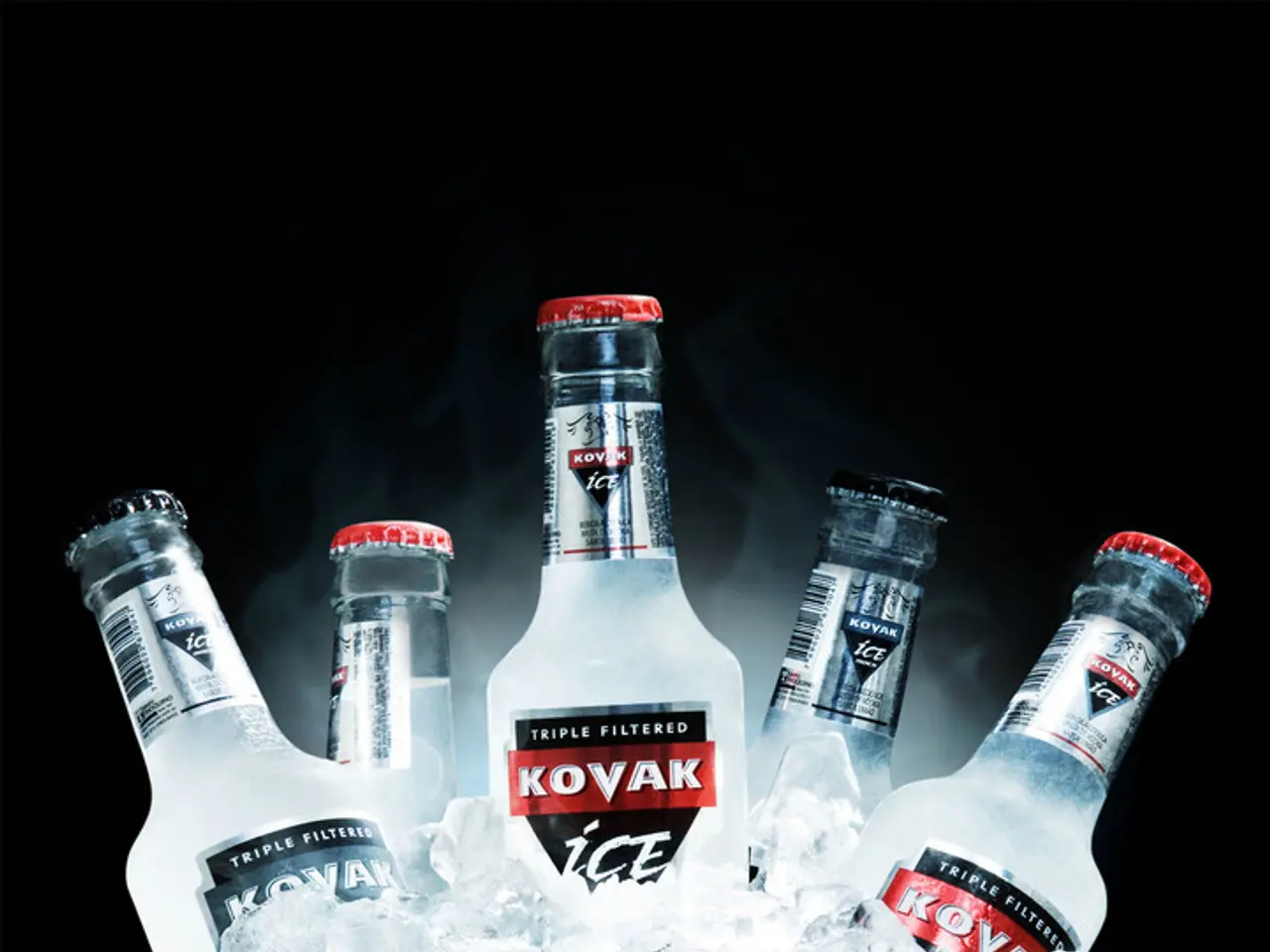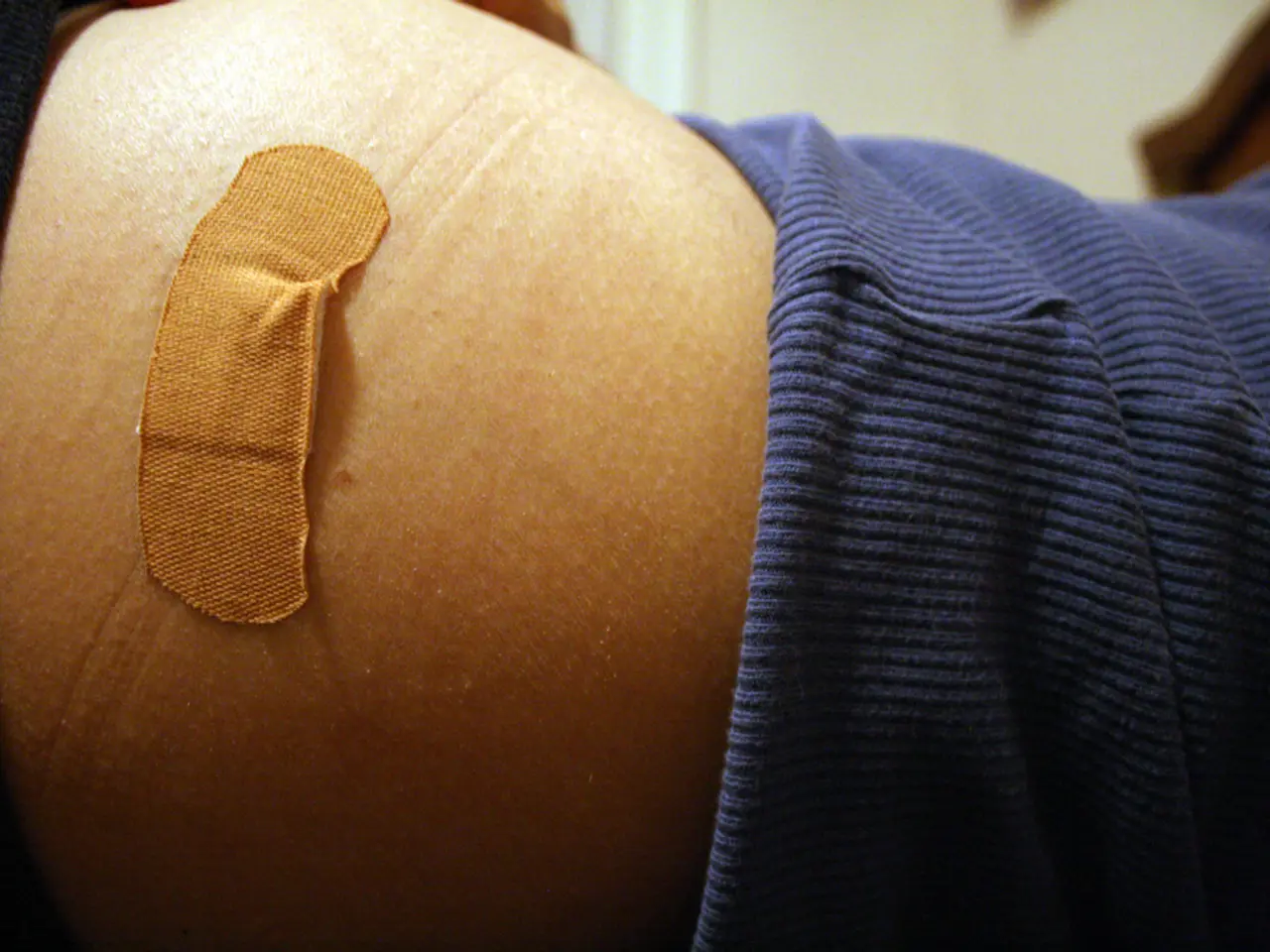Additive in Slush Ice may lead to symptoms like headaches and nausea.
A growing concern among health experts and regulatory bodies, such as the Food Standards Agency (FSA) and the Bavarian Consumer Center, is the presence of glycerin in slush ice drinks for children. Glycerin, also known as glycerol or E422, is a commonly used additive that helps prevent freezing in these popular summer treats. However, its consumption by children under seven years old is strongly advised against due to significant health risks.
### Recommended Limits and Age Restrictions:
Children under 7 years should avoid these drinks entirely. For children under 4 years, even a single 350ml slush drink can cause harmful effects. The risk scales with body weight, with younger and smaller children being more vulnerable. Consumption of less than 200ml of medium glycerin-content slush can expose a 5-year-old to medically significant glycerol doses.
### Potential Health Risks:
The primary concern is glycerol intoxication syndrome, which can lead to rapid decrease in blood sugar levels (hypoglycemia), dehydration due to internal moisture loss, and increased blood acidity. Symptoms reported include nausea and vomiting, headaches, loss of consciousness or fainting, seizures in severe cases, and these symptoms typically develop quickly, often requiring emergency medical attention within an hour of ingestion.
### Context and Regulatory Position:
While glycerol is generally recognized as safe by EFSA and JECFA, the acute risks in young children have prompted interim warnings and calls for risk management. The FSA is considering stricter regulations or labeling to protect children during high-consumption periods such as summer holidays.
Glycerin is added to some slush ice drinks to make them smoother. The BfR does not set a legally defined maximum amount of glycerin in drinks. However, the average measured amount of glycerin in a slush ice drink for a child (5 years old, 20 kg body weight) is enough to reach a "therapeutically effective dose" if just under 200 milliliters is consumed. These unwanted effects are particularly likely in children due to their lower body weight.
In light of these concerns, it is strongly recommended that parents and caregivers avoid giving slush ice drinks containing glycerin to young children to prevent life-threatening reactions. For more information, the consumer center advises parents to ask at the sales stand if the slush ice drink contains glycerin. The FSA and other health experts continue to monitor the situation and may implement stricter regulations in the future to ensure the safety of children.
Children under seven years old should steer clear of slush ice drinks containing glycerin due to potential health risks, such as glycerol intoxication syndrome, which can lead to harmful effects like hypoglycemia, dehydration, and increased blood acidity. With their lower body weight, children are more susceptible to these unwanted effects. Thus, it's crucial for parents and caregivers to avoid giving these drinks to young children. Providing more information, the consumer center advises parents to inquire about glycerin content at the sales stand.






